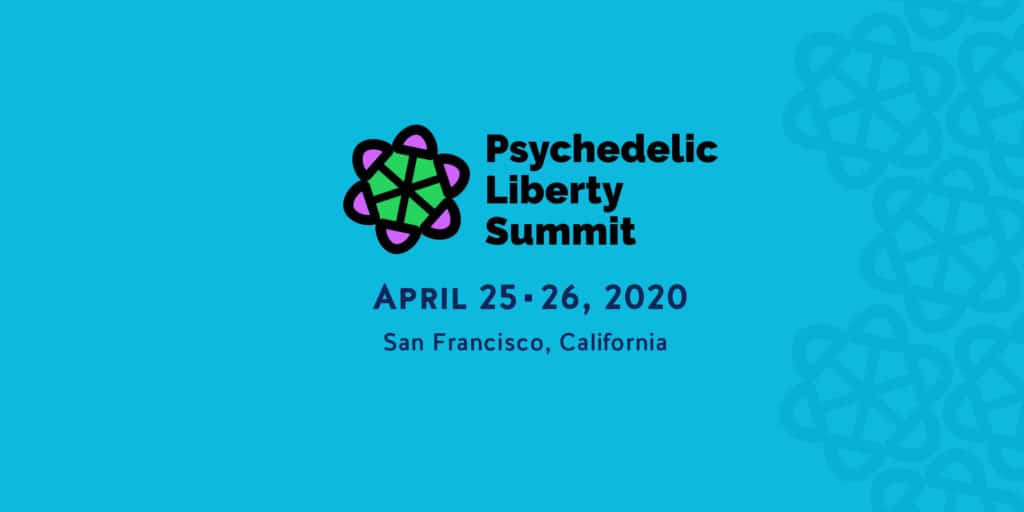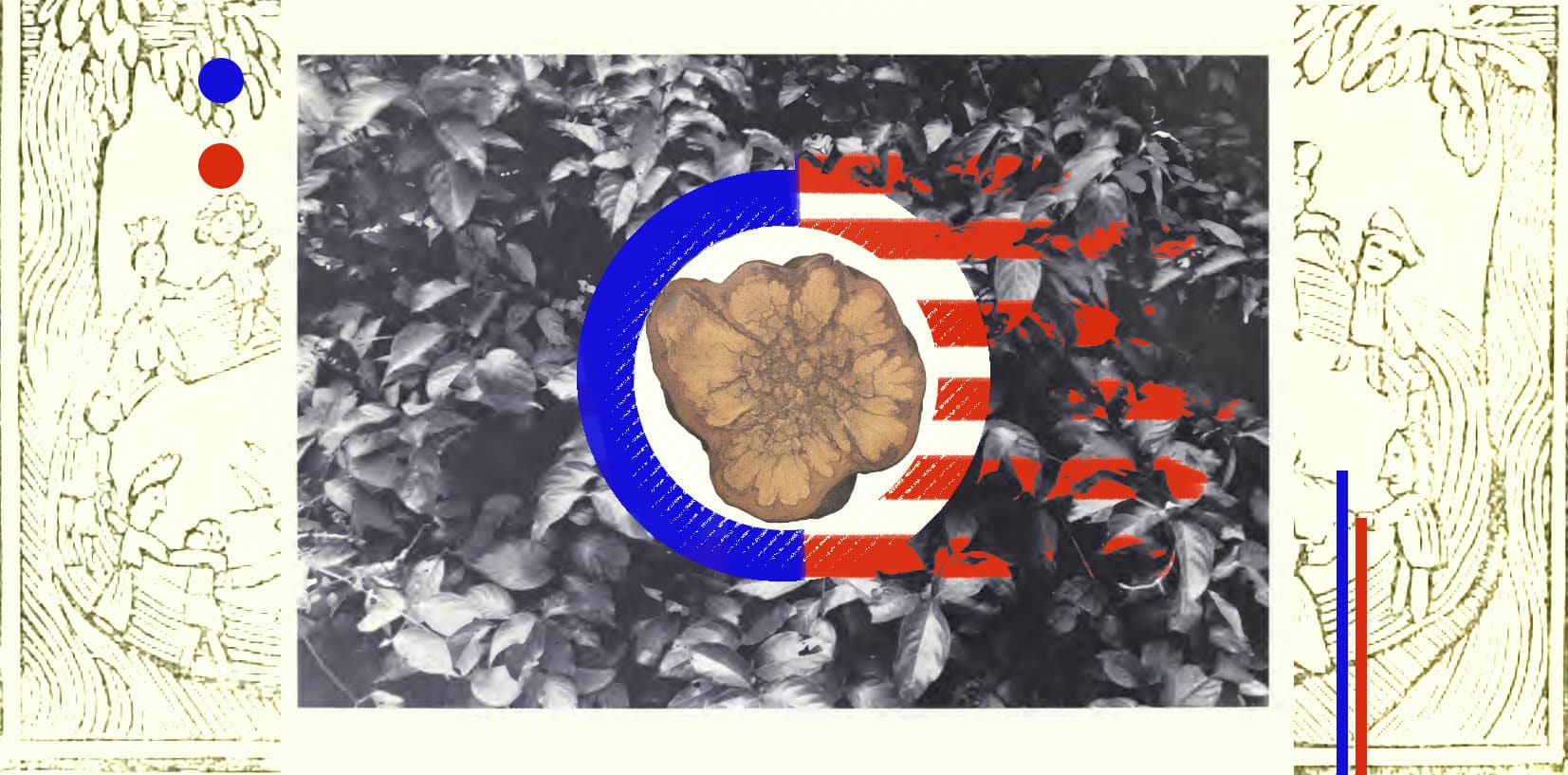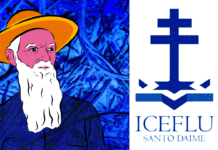- How Can You Drink Ayahuasca Legally in the U.S.? - January 14, 2020
- Brazilian Ayahuasca Practitioner Arrested and Sentenced to Prison in Russia - August 1, 2018
Introduction
The first time Instagram served me an ad for an ayahuasca ceremony, my eyes popped out of my face. I thought it slipped past the censors like a sneaky snake. Ayahuasca contains a Schedule I controlled substance, dimethyltryptamine (DMT), and the Drug Enforcement Agency (DEA) has made it pretty clear that they consider ayahuasca to be equally controlled. But the ads kept coming.
Sure, I may have some psychedelic cookies in my browser history from Chacruna and Erowid and the Burning Man website, but surely something’s cooking when it comes to ayahuasca in the U.S. You can tell by the way the volume of ayahuasca churches in the U.S. has only increased since Bia Labate, Kevin Feeney, and I published “Bubbling With Controversy: Legal Challenges for Ceremonial Ayahuasca Circles in the United States” in Plant Medicines, Healing and Psychedelic Science in 2018. This begs the question: Is sacramental ayahuasca use more legal in the U.S. now, at the precipice of 2020, than it was way back in 2016 when Bia, Kevin, and I started working on “Bubbling with Controversy”?
Maybe.
While it is still true that only the two main Brazilian ayahuasca religions, União do Vegetal (UDV) and Santo Daime, have secured legal protections for sacramental ayahuasca use in the U.S.—and those legal protections do not yet formally extend to anyone else—today, there is a growing movement of churches asserting their rights, either by formal petitions or heel-digging perseverance, to use psychedelic sacraments as part of the free exercise of their religions under the First Amendment of the U.S. Constitution and the Religious Freedom Restoration Act. Going deeper, two recent Executive Orders have called into question the power of the DEA to oversee petitions for religious exemptions from the Controlled Substances Act (CSA) which, barring lengthy litigation, is largely considered the only route to protected religious practices involving psychedelic sacraments in the U.S.
Drawing from fieldwork and media research, Part I of this article describes the new groups that identify as “churches” and use ayahuasca as their central sacrament—their sine qua non of knowing God. The new churches include those affiliated with the controversial (and, in my opinion, woefully misnamed) Oklevueha “Native American Church,” including Peaceful Mountain Way and the now-defunct Ayahuasca Healings; churches appropriating the “Native American Church” identity such as AYA Quest (a. k .a. “Kentucky Ayahuasca”); and unaffiliated churches, such as Arizona Yagé Assembly and Soul Quest Ayahuasca Church of Mother Earth.
Part II of this article examines those aforementioned new Executive Orders and the main route towards legal protection: the petition for religious exemptions submitted to the DEA, with examples of two such petitions: one submitted by Ayahuasca Healings in 2016 and one submitted by Soul Quest in 2017. You should finish this article with insights into two things: the landscape of new ayahuasca “churches” in the United States and the legal obstacles these groups face.
Ayahuasca Use in the United States
Over the past 30 years, interest in ayahuasca in the U.S. has grown from an obscure curiosity featured in the works of eminent ethnobotanist Richard Evans Schultes and Beat writers William Burroughs and Allen Ginsburg to a fixture of mainstream awareness and darling of Silicon Valley, talked about in network television, Hollywood films, and widely-read publications like Delta airlines’ Sky magazine. Today, you can find weekend ayahuasca ceremonies in large and medium-sized cities around the country. Underground ceremonial circles are usually small, led by itinerant indigenous shamans, non-indigenous practitioners trained (to various degrees) in Amazonian shamanism, or former Santo Daime and UDV members,with fluctuating numbers of followers and a fee for participation.
Today, you can find weekend ayahuasca ceremonies in large and medium-sized cities around the country.
Ayahuasca-drinking ceremonial groups in the United States exist on a spectrum from permitted to prohibited. At one end of the spectrum is the UDV, the only ayahuasca religion permitted to use ayahuasca throughout the country. Next is Santo Daime, branches of which have explicit permission to use ayahuasca in its ceremonies in Oregon, California, Massachusetts, and Washington State, though some believe they can conduct ceremonies anywhere in the U.S. Next are the churches Ayahuasca Healings and Soul Quest, which have submitted petitions for religious exemptions to the DEA. On the other end of the spectrum are all the other churches, none of them have the blessing of explicit legality.
On the other end of the spectrum are all the other churches. None of them have the blessing of explicit legality.
União do Vegetal in the United States
The UDV has been holding ayahuasca ceremonies in the United States since 1988; for as long as I have been alive. In 1999, U.S. customs agents raided a UDV office and seized a batch of the UDV’s sacramental hoasca (ayahuasca) from Brazil, threatening members of the UDV with prosecution. Outraged, the UDV sued the federal government seeking an injunction to prevent any future prosecution for the use of hoasca.
In 2006, the U.S. Supreme Court granted the UDV its injunction in a seminal case on religious freedom. But the UDV must still import and distribute hoasca under the DEA’s watchful eye: Every UDV congregation that directly imports hoasca must apply for DEA registration, the congregation must give the DEA two weeks advanced notice of hoasca shipments entering the country, and any congregation wishing to cultivate plants for the production of hoasca must register with the DEA as a manufacturer of controlled substances.
Santo Daime in the United States
Santo Daime has also been holding ceremonies in the U.S. since 1988. Also in 1999, but after the UDV, Santo Daime was prosecuted following the seizure of a shipment of its sacrament daime (ayahuasca) from Brazil. Santo Daime won its case with the help of attorneys Jack Silver and Roy Haber at the appellate level in the 9th Circuit.
According to Haber, the federal government had encouraged Santo Daime to submit a petition for an exemption from the CSA rather than file a lawsuit (just as the DEA would later encourage Ayahuasca Healings, Soul Quest, and others to submit their own petitions, detailed below). Filing such a petition, Haber said, would have been unfavorable to Santo Daime. The agency reviewing the petition, the DEA, is hardly impartial.
Because Santo Daime won its case at the appellate level, not in front of the U.S. Supreme Court, Santo Daime does not have the UDV’s kind of blanket protection for its practice throughout the U.S. Only certain Santo Daime churches are allowed to serve daime. Moreover, as with the UDV’s hoasca, Santo Daime’s importation of daime is monitored and restricted.
The New Ayahuasca “Native American Churches” in the U.S.
Though many of the new ayahuasca circles proliferating in the U.S. identify as a branch of the “Native American Church” (which, as explained below, is inaccurate), most lack cultural, historical, and political ties to the actual Native American Church (NAC), an indigenous institution that developed among tribal peoples of the continental U.S. during the late nineteenth century. Ayahuasca churches in the United States identifying as branches of the “Native American Church” are both appropriating the NAC name and attempting to exploit the special protections provided to members of the NAC by Congress. This promotion has relied upon a misrepresentation of the law, history, and the nature of the NAC, a peyote religion that emerged during the late 1800s Reservation Era as a mechanism for rebuilding Native communities, creating solidarity between disparate tribes, providing a sense of hope and meaning, and a mechanism for maintaining a distinctive Native identity during the removal of native peoples from their traditional territories.
Ayahuasca churches in the United States identifying as branches of the “Native American Church” are both appropriating the NAC name and attempting to exploit the special protections provided to members of the NAC by Congress.
The Oklevueha “Native American Church” (ONAC) was started in the late 1990s by an ethnically white male, James Mooney, and has been publicly denounced as illegitimate by the National Council of Native American Churches. Nonetheless, ONAC runs a website where anyone can purchase an ONAC Membership card for a “contribution” of $200. The card states, “Being a member of ONAC qualifies this card-holder to carry and/or possess bird of prey feathers and Native American Church sacraments (Peyote, Ayahuasca, Cannabis, etc.).” ONAC relies on the misguided beliefs that the NAC’s exemption for sacramental peyote use extends to other plants and that anyone can start, lead, or be a member of a NAC branch. Both are wrong.
Despite the facts that that only Native Americans can be NAC members, that the NAC has publicly denounced ONAC, that ayahuasca and cannabis are not NAC sacraments (the only NAC sacrament is peyote), and that several ONAC members have actually been arrested and prosecuted for cannabis crimes, the use of ONAC cards for “legal protection” is still relatively widespread. Over 200 branches of ONAC-affiliated churches have been incorporated since Mooney first established his church in 1997.
Over 200 branches of ONAC-affiliated churches have been incorporated since Mooney first established his church in 1997.
There are two relatively conspicuous ayahuasca-oriented NAC-appropriators operating in the U.S. besides the now-defunct Ayahuasca Healings and the now-disassociated-from-ONAC Soul Quest, discussed below. Those are the Aya Quest “Native American Church”in Kentucky (subject of the Vice miniseries, Kentucky Ayahuasca), which is located in a trailer park and run by an ex-bank robber, Steven Hupp, and ONAC of the Peaceful Mountain Way, established in 2015, also based in Kentucky and also charging hundreds of dollars in ceremonial fees.
Ayahuasca Healings
Ayahuasca Healings, a church originally based in Washington, was started in 2015 by a British man named Marc “Kumbooja Banyan Tree” Shackman and an Internet marketer from Toronto named Christopher “Trinity” de Guzman. A 2015 promotion for Ayahuasca Healings falsely claiming to be “the first public legal ayahuasca church in the United States” garnered tens of thousands of likes and shares on Facebook, sparking widespread interest.
After in-depth online investigations into the backgrounds of Trinity and Kumbooja Banyan Tree Shackman, and Ayahuasca Healings’ NAC appropriation via an anonymous Facebook group called “Ayahuasca Healings is NOT legal,” the high-profile rollout of Ayahuasca Healings began to unravel. As the controversy reached a boiling point, ONAC founder James Mooney contacted Ayahuasca Healings offering a partnership, which Ayahuasca Healings accepted. Despite this change, Ayahuasca Healings’ legitimacy issues remained unresolved. Only five weeks after it officially began operations, Ayahuasca Healings held its final U.S. retreat.
Only five weeks after it officially began operations, Ayahuasca Healings held its final retreat.
During the fallout, Ayahuasca Healings leaders consulted with a local attorney to develop a legal strategy for acquiring an exemption to serve sacramental ayahuasca. On April 4, 2016, it filed a petition for a religious exemption from the CSA. At the time of this writing, there has been no official approval or rejection from the DEA.
Soul Quest
Soul Quest Ayahuasca Church of Mother Earth is based in Orlando, Florida, and was founded by Chris Young in 2014, initially as a branch of ONAC, but later wisely cutting ties. Young is an active public leader for the organization, attending psychedelic conferences, engaging in debates on social media, giving media interviews, and participating in a documentary film (“From Shock to Awe”) detailing the ayahuasca experiences of American war veterans healing PTSD.
Soul Quest advertises widely online—it even has a Yelp business reviews page—and charges a fee for participation in its ayahuasca ceremonies. It was Soul Quest who served me the Instagram ads. Perhaps unsurprisingly, Soul Quest received a cease and desist letter from the DEA in late 2016. In its letter, the DEA advised Soul Quest to cease its use of ayahuasca and several other sacraments including sananga, which the DEA stated contains the Schedule I substance ibogaine, and San Pedro, which contains the Schedule I substance mescaline, and submit a petition for the use of ayahuasca.
Soul Quest advertises widely online—it even has a Yelp business reviews page
Echoing skepticism about the DEA’s impartiality, Soul Quest initially responded to the DEA by challenging the petition process on the grounds that the process gives the DEA too much discretion with too little oversight and the process has no clear timetable for completion. Despite that initial challenge Soul Quest submitted a petition in August 2017.
Arizona Yagé Assembly
One new ayahuasca church worth noting is the Arizona Yagé Assembly (AYA). Unlike Soul Quest and Ayahuasca Healings, AYA has never had an affiliation with ONAC. Based in Tucson, AZ, AYA advertises ceremonies on the website Eventbrite throughout the United States, from St. Louis, Missouri, to Tucson, Arizona, and San Francisco, California. Our sources say AYA has expressed intentions to submit a petition, or otherwise seek legal protection for its congregation, and we will be watching it with great interest.
Part II of this article will examine legal issues for sacramental ayahuasca churches in the U.S., with discussion of petitions submitted by Soul Quest and Ayahuasca Healings and two directly-applicable 2019 Executive Orders.
Join us at the Psychedelic Liberty Summit

Note: this article was edited from Kevin Feeney, Beatriz C. Labate, and J. Hamilton Hudson (2018). Bubbling with Controversy: Legal Challenges for Ceremonial Ayahuasca Circles in the United States,in B. C. Labate & C. Cavnar (Eds.), Plant Medicines, Healing and Psychedelic Science, Springer.
Take a minute to browse our stock:
Did you enjoy reading this article?
Please support Chacruna's work by donating to us. We are an independent organization and we offer free education and advocacy for psychedelic plant medicines. We are a team of dedicated volunteers!
Can you help Chacruna advance cultural understanding around these substances?














